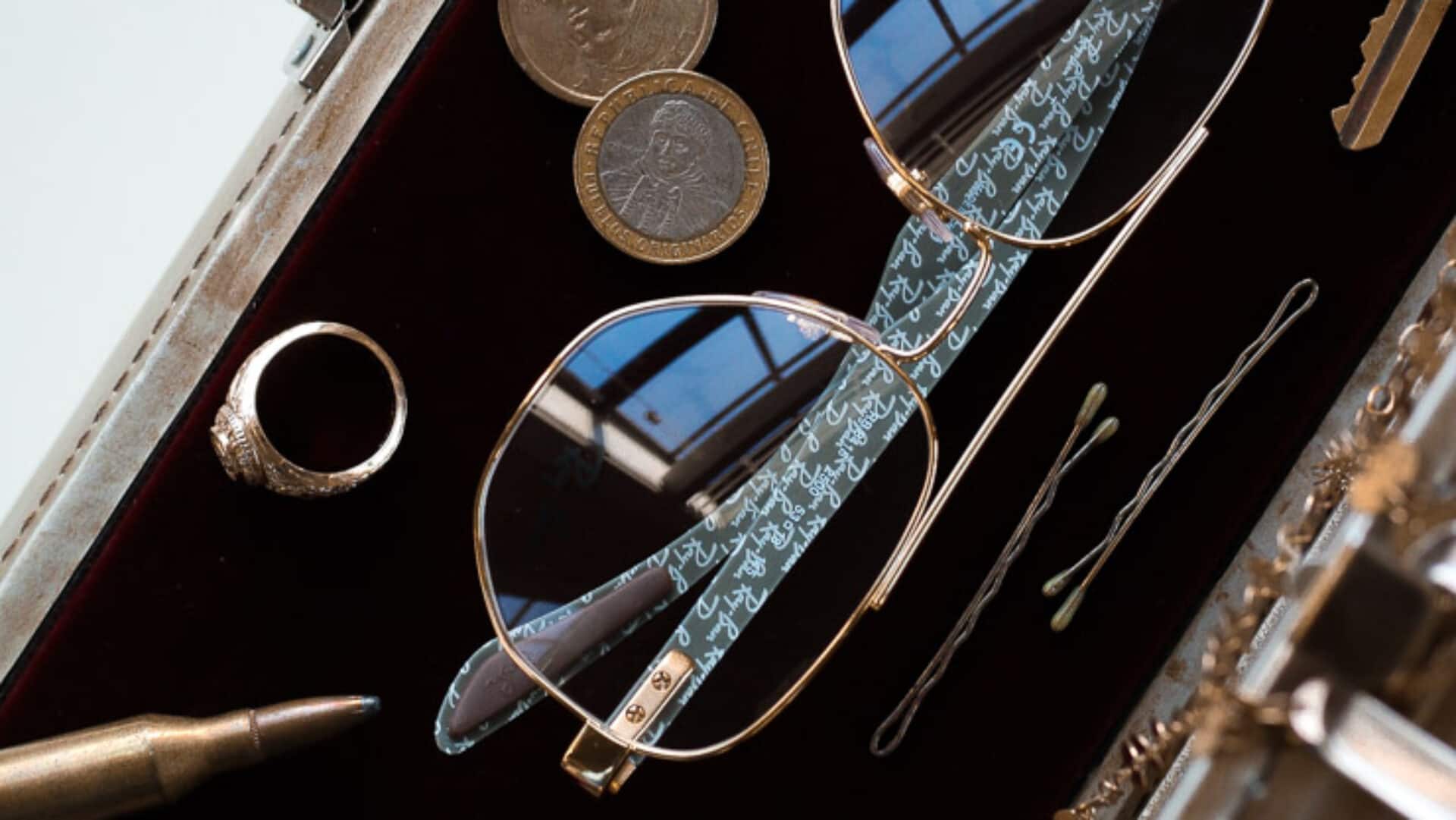Sports Eyewear
Sports eyewear is necessary for recreational athletes and professional players alike. Not only do they protect your eyes from projectiles, debris, and the elements, they can actually improve your game.
The Right Tool
You wouldn’t use a screwdriver on a nail or a hammer on a screw, so why would you expect to use the same pair of glasses for everything? You need the right tool to keep your eyes safe and to help you take your game to the next level. Here’s how your sport determines which features you should prioritize when selecting your sports glasses.

Golf
Contrast is King
Golf is just as much about being able to read the green as it is about your swing and putting game. Reading the green is easier when you have glasses that enhance contrast. Oakley’s Prizm Golf and Golf Dark do exactly that. You can also opt for a brown, amber, or rose copper tint.

Tennis
Protection From Projectiles
A tennis ball can travel up to 163 mph. Having unprotected eyes while playing puts you at high risk of developing a retinal detachment. Standard dress glasses won’t give you the protect you need. You need a pair of sports glasses that are highly impact resistant.

Biking
Location, Location, Location
What you need from your sports glasses all depends on where you’re riding. Are you riding on a relatively flat street or are you mountain biking on varying terrain? Is the sun beating down on you as you bike on pavement or are you biking under a canopy?

Hiking
Less is More
Whether you’re going on a day hike, or trekking on a week long hike across the Appalachians, you have to bring the right gear. That gear can get heavy in a hurry. Look for light-weight sunglasses that are durable, comfortable, and won’t slip when you sweat.

Golf
Contrast is King
Golf is just as much about being able to read the green as it is about your swing and putting game. Reading the green is easier when you have glasses than enhance contrast. Oakley’s Prizm Golf and Golf Dark do exact that, or choose a brown, amber, or rose copper tint.

Tennis
Protection From Projectiles
A tennis ball can travel up to 163 mph, which can put you at high risk of developing a retinal detachment. Standard dress glasses won’t give you the protect you need. You need a pair of sports glasses that are highly impact resistant.

Biking
Location, Location, Location
What you need from your sports glasses all depends on where you’re riding. Are you riding on a relatively flat street or are you mountain biking on varying terrain? Is the sun beating down on you as you bike on pavement or are biking under a canopy?

Hiking
Less is More
Whether you’re going on a day hike, or trekking on a week long hike across the Appalachians, you have to bring the right gear. That gear can get heavy in a hurry. Look for light-weight sunglasses that are durable, comfortable, and won’t slip when you sweat.
Sports Glasses Recommendations
Feature | Reason | |
|---|---|---|
Head-gear compatibility | Straight temples are less likely to interfere with your head-gear. | |
Wrapped frames | Wrapped frames provide coverage from dirt, debris, and the elements, and maximize the field of view. | |
Rubberized grips | Rubberized grips on nose pads and temples will help keep your glasses in place. | |
Light-Weight | Minimize the weight to maximize your comfort. | |
Ventilation | Semi-rimless frames, vented nose pads, or vented frame-fronts will prevent fogging. | |
100% UV protection | Protects you from cataracts, skin cancer, and pterygium. | |
Durability | Must be able to withstand scratches, sweat, flying debris, and the elements. | |
Comfort | You don’t want nose pads or temples digging in. You have to be able to wear them all day long. |
It's All About the Tint
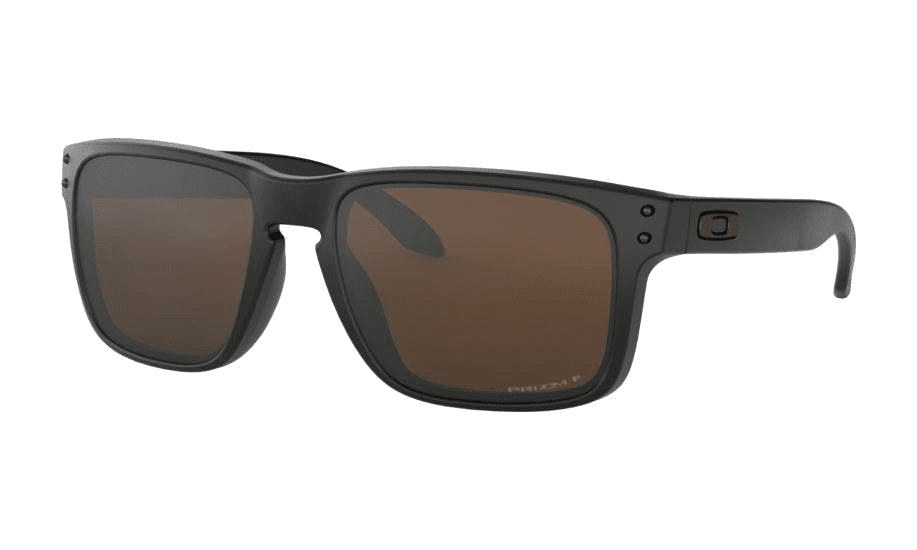
COPPER/BROWN
Copper and brown tints provide the best contrast in most lighting conditions. They help athletes recognize changes in road surfaces and texture and improve depth perception.
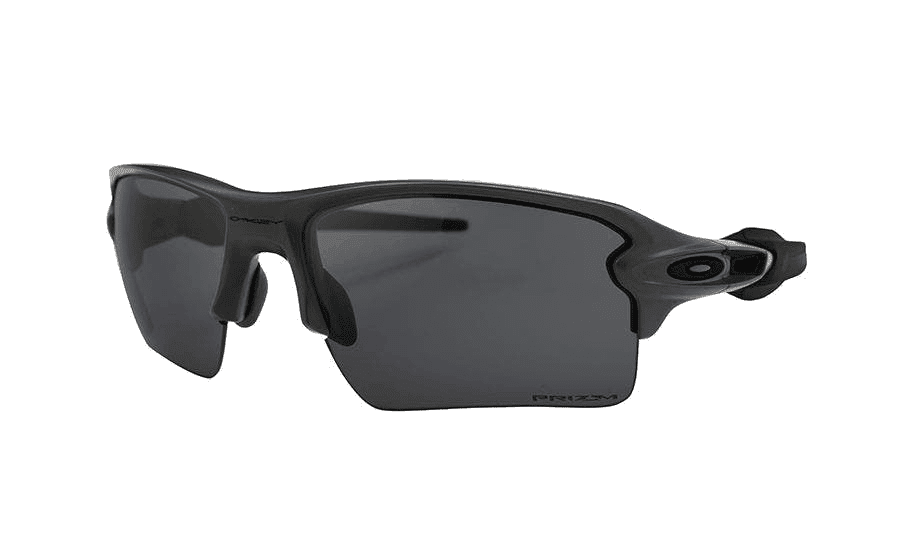
GREY
Grey is the best tint if you are light sensitive because it minimizes light transmittance. Grey maintains true color, but it does not improve contrast.
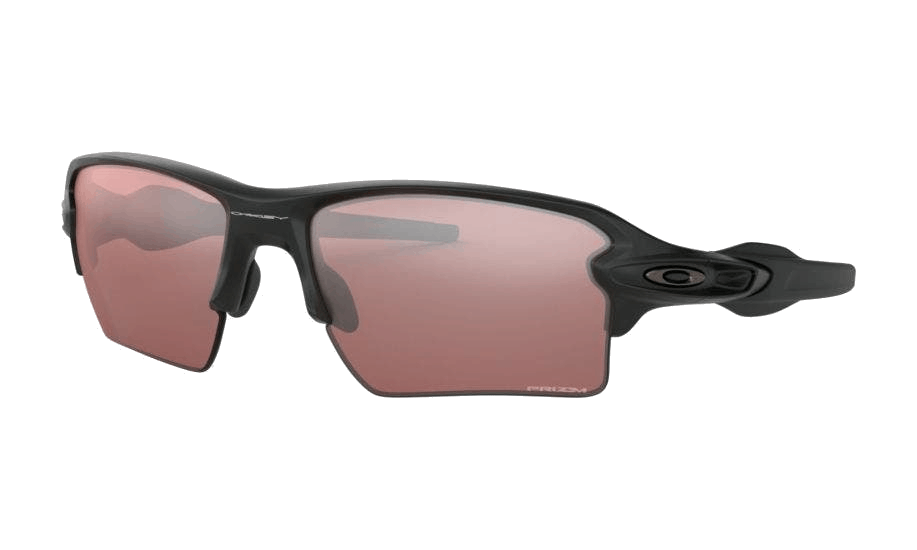
LIGHT ROSE
Light rose tints provide the best contrast in low-light conditions and improve vision, but they do not brighten the world the way that a yellow lens does.
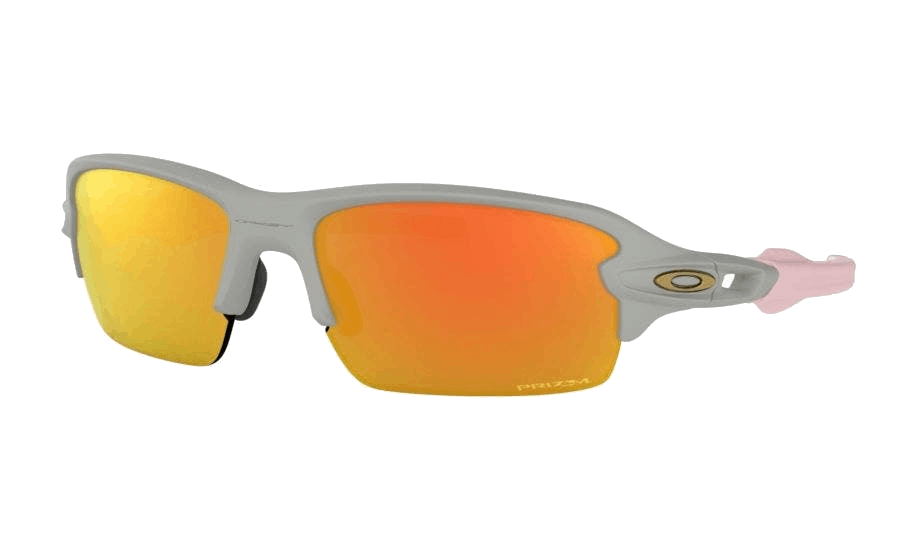
YELLOW
Yellow makes everything appear much brighter and is commonly known as a light gathering lens. For this reason, it is usually worn at night or in low-light. While yellow tends to reduce glare, it does not affect contrast.
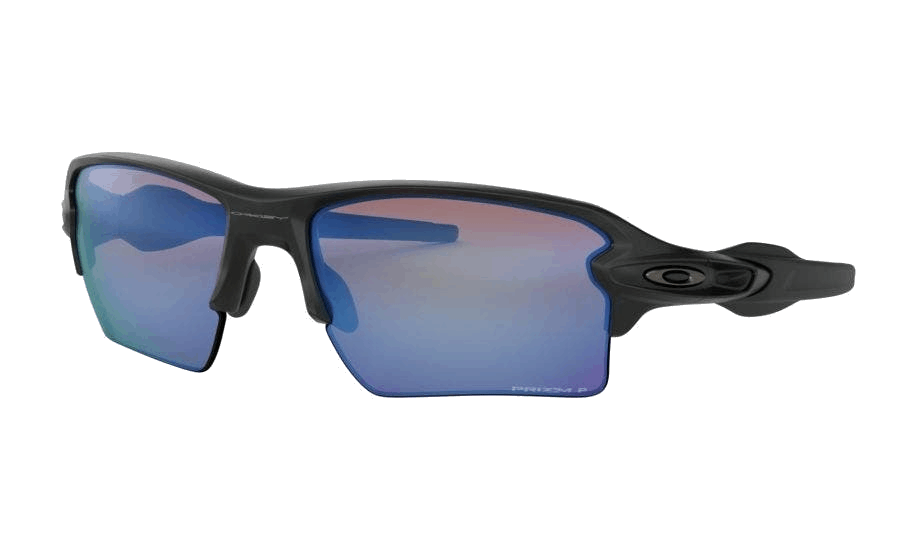
POLARIZED
Polarized lenses significantly reduce glare, and are especially useful if your sport involves pavement, water, or snow. By blocking glare, they make people who are light sensitive more comfortable. Polarized lenses come in multiple tints. While they are great when it's bright and sunny, they are not ideal for low-light conditions.
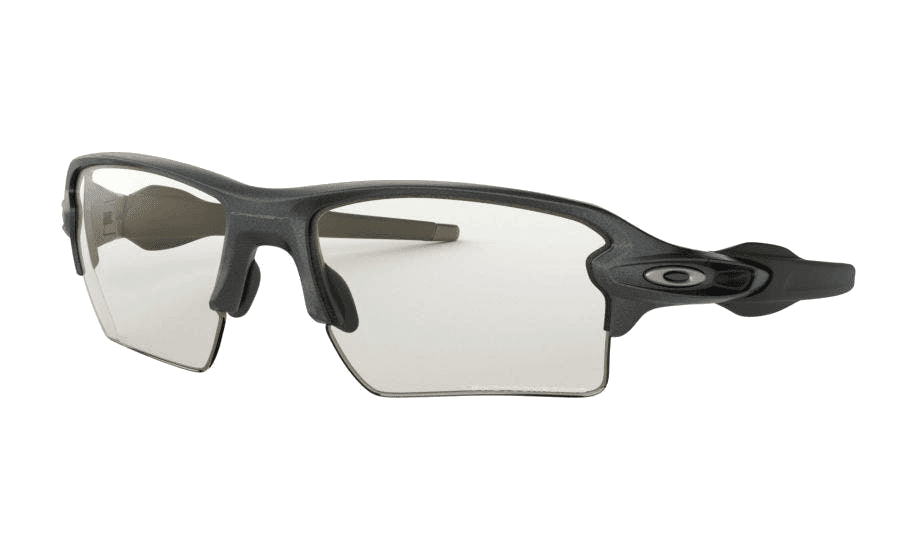
PHOTOCHROMIC
Photochromic lenses are also known as variable light transmittance or Transition lenses. These lenses darken as it becomes brighter outdoors. They have the advantage of being useful in multiple light conditions, but have the disadvantages of not turning as dark as traditional sunglasses and not blocking glare like polarized lenses.


